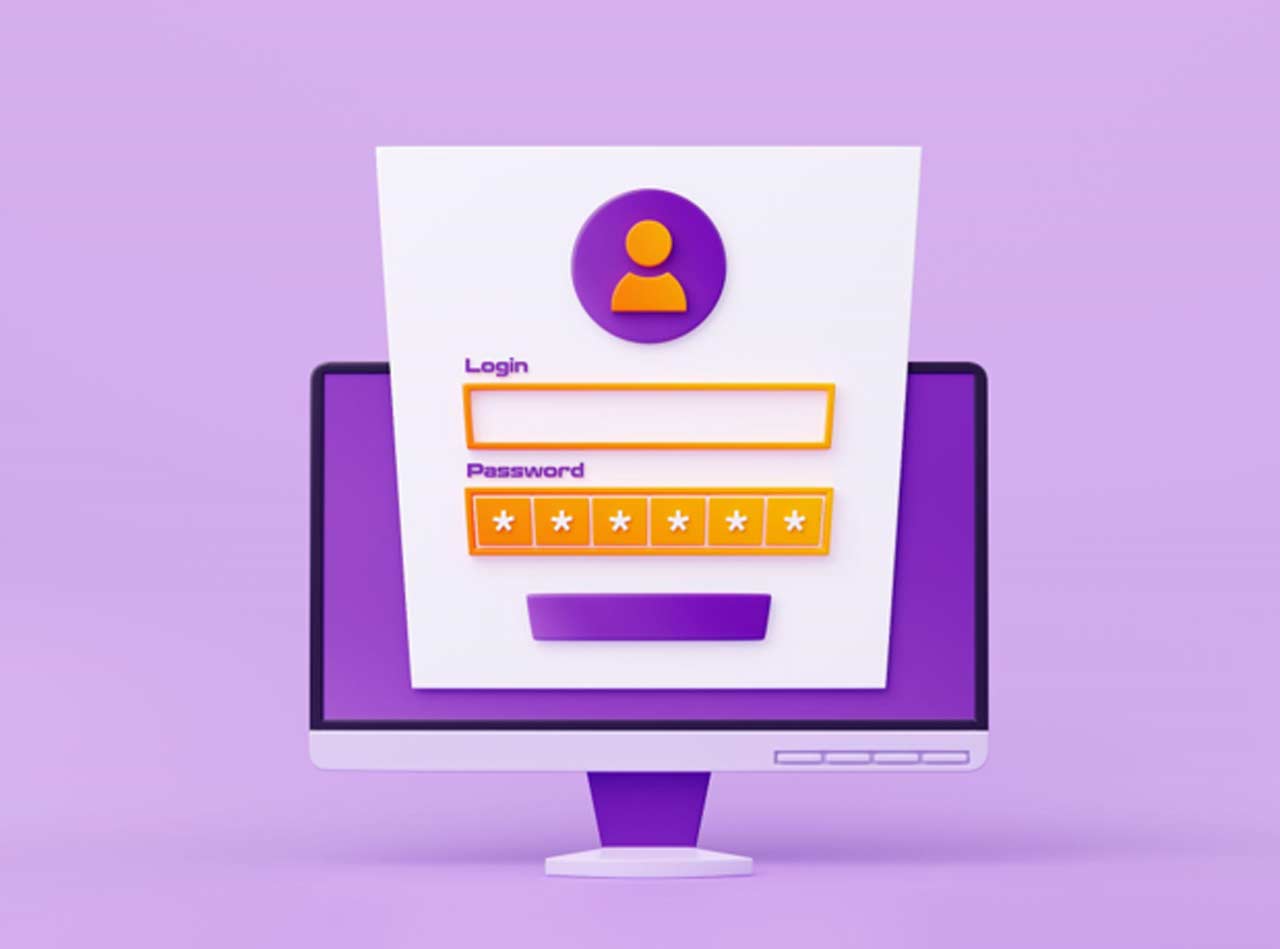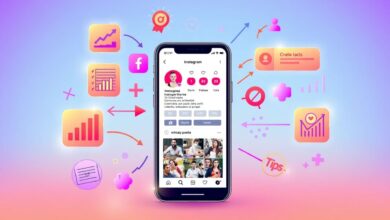
An LMS system not only facilitates the online delivery of material but also provides frameworks for handling registrations, course administration, and the evaluation of learner progress.
This comprehensive overview delves into the top LMS platforms available today, highlighting their key features and how they stand out in supporting both educational institutions and businesses in achieving their learning objectives.
Understanding LMS Systems
An LMS system is a software application or web-based technology used to plan, implement, and assess a specific learning process. It allows instructors to create and deliver content, monitor student participation, and assess student performance.
LMS systems can also facilitate communication between educators and students through features such as discussion forums, live chat, and email. They serve a critical role in e-learning and blended learning environments and are increasingly adopted for remote education and training needs.
Key Features of Top LMS Platforms
While numerous LMS platforms are vying for attention in the market, the top contenders distinguish themselves through a blend of usability, functionality, and innovation. Here are some of the key features to look for in a top-tier LMS platform:
- User-Friendly Interface: A clean, intuitive interface that is easy to navigate for both instructors and learners, reducing the learning curve and enhancing the overall user experience.
- Content Integration and Management: The ability to easily create, upload, and manage course content in various formats, including text, video, audio, and interactive elements.
- Assessment and Feedback Tools: Advanced tools for creating quizzes, exams, and assignments, along with capabilities for providing timely and constructive feedback.
- Customization and Scalability: Options to customize the platform according to the organization’s branding and scalability to accommodate growing numbers of users and courses.
- Analytics and Reporting: Comprehensive analytics and reporting tools that provide insights into learner progress, engagement levels, and course effectiveness.
- Mobile Accessibility: A responsive design or dedicated mobile app that ensures learners can access courses and materials on-the-go, from any device.
- Integration Capabilities: The ability to integrate with other tools and systems, such as webinar platforms, CRM systems, and third-party content libraries, to extend functionality.
- Security and Compliance: Robust security measures to protect sensitive information and compliance with educational standards and data protection regulations.
Top LMS Platforms: A Brief Overview
While there are many LMS systems available, a few stand out due to their comprehensive feature sets, reliability, and positive user feedback. Here’s a brief overview of some top contenders:
- Moodle: An open-source LMS known for its flexibility and customization options. Moodle is widely used in educational institutions around the world and supports a large community of developers and users.
- Blackboard Learn: A popular LMS among higher education institutions, Blackboard Learn offers a wide range of features, including advanced analytics, assessment tools, and an engaging learner interface.
- Canvas: Known for its user-friendly design and robust functionality, Canvas supports educational institutions and businesses with scalable, comprehensive learning solutions.
- Schoology: A versatile LMS that blends powerful learning management with social networking features, making it a popular choice for K-12 and higher education institutions.
- TalentLMS: Designed for corporate training, TalentLMS offers a simple yet powerful platform with gamification, video conferencing, and a customizable interface.
Selecting the Right LMS for Your Needs
Selecting the right Learning Management System (LMS) is crucial for institutions and organizations aiming to optimize their educational delivery methods, especially in the era of blended learning. Blended learning, combining traditional classroom instruction with online resources and activities, has become increasingly prevalent in modern education.
When choosing an LMS, it’s essential to consider its compatibility with blended learning approaches, ensuring seamless integration of in-person and digital learning experiences. From robust content management features to interactive communication tools, the LMS should cater to diverse learning styles and facilitate collaborative learning environments.
By prioritizing the alignment of the LMS with blended learning principles, institutions can enhance student engagement, promote flexibility, and achieve more effective learning outcomes.
Conclusion
The right LMS platform can dramatically enhance the effectiveness of educational courses and training programs by providing an engaging, accessible, and efficient learning environment.
By focusing on the key features that align with your organization’s needs and exploring the offerings of top LMS platforms, you can find a solution that not only meets but exceeds your expectations, driving learner success and organizational growth.







